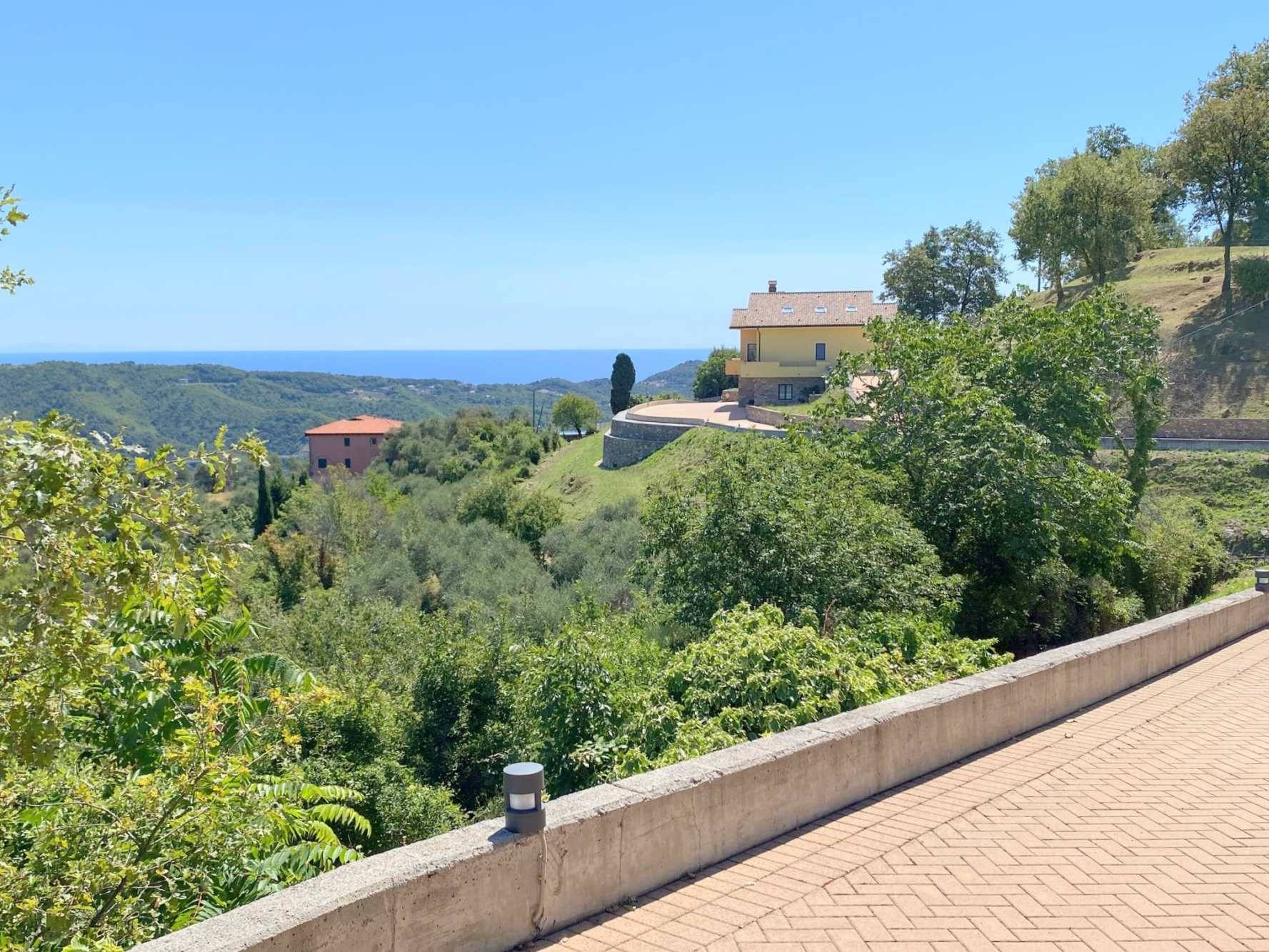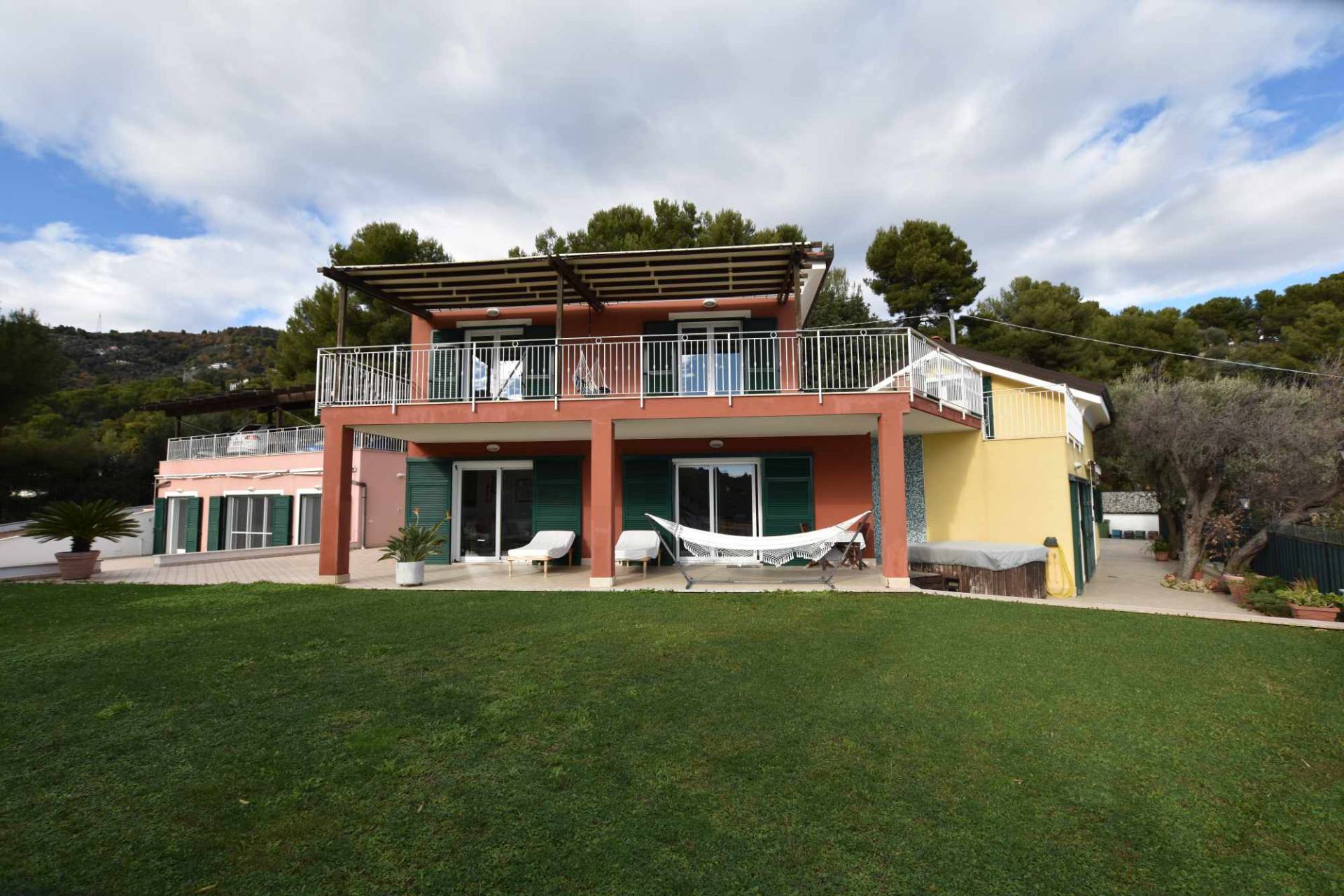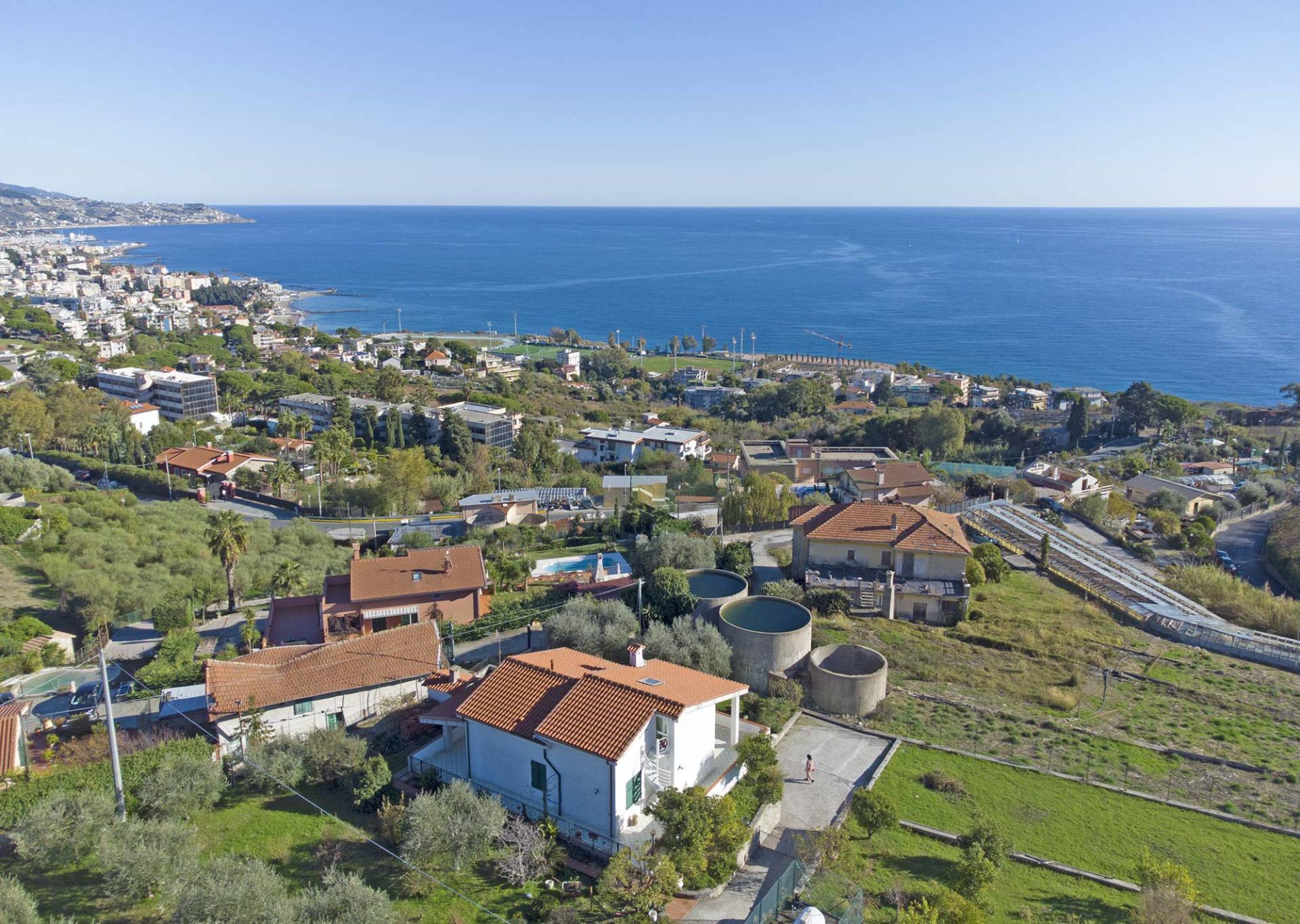A guide to the Philippines’ real estate market
Continuing on our collaboration with the innovative property company 3B Solution, this week on the Society Journal we are going to break down the Philipines’ real estate market. The following article will delve into key statistics, pricing trends, and areas to consider, providing readers with a helpful guide to real estate acquisition in this stunning archipelago. The Philippines’ famed vibrance and diversity are reflected in every facet of the country, including its large array of available real estate opportunities. The country’s friendly population, beautiful scenery, and range of property options make it an excellent place to consider for your newest venture. Whether you are looking for a holiday villa on one of the countless stunning islands or a swanky condominium in a bustling city, the real estate opportunities are endless.
Property Market Overview
The Philippines is considered to have a robust and steadily growing property sector. According to Statista.com, the real estate market in the Philippines is projected to reach a value of 6.3 trillion USD in 2024. The same website also released a statistic stating that the country’s real estate compound annual growth rate is expected to be steady at 4.03% (2024 – 2029).
There are several factors impacting these positive projections:
- Urbanization: large metropolitan cities such as Manila and Cebu have shown rapid and increasing urbanization, thereby driving demand for a variety of housing options.
- Growing Middle Class: the emergence of an expanding middle class in the country is a key driver for housing demand.
- Tourism: the Philippines’ famed hospitality, excitement, and beauty have all contributed to it being a highly sought-after location for tourism. As more and more tourists flock to the country every year, there is an increased need for a variety of property types, from large-scale resorts, to eco-lodges, to beach houses.
- Economic Recovery: the Filipino economy has seen strong growth from 2023 onwards and interest rates have gradually lowered, given this, people are feeling more confident in the burgeoning real estate sector.
- Government initiatives: several government initiatives in place are boosting the demand for real estate and property investment, such as the Real Estate Investment Trust (REIT) Act and Special Economic Zones (SEZs). A REIT refers to a stock corporation that works to boost property ownership with income generation possibilities. SEZs are governmentally designated areas for development, for instance, agricultural or touristic zones.
- Remittance: Filipinos working overseas provide a large amount of remittance back to the Philippines, which boosts the local economy.

Following shifts brought on by the pandemic, there have been several changes to the real estate sector and what kinds of properties are in high demand. For instance, the increased availability of remote and hybrid-style jobs has led many of those looking for homes to specifically seek out accommodation with home offices or extra bedrooms. Additionally, there has been a trend of people seeking housing options that center on sustainability practices.
Looking at data gathered from ownpropertyabroad.com, the average price of a house in the Philippines is approximately USD 1,256 per square meter. Of course, things such as location, available amenities, and property type, must be considered when estimating housing costs.
General price indicators when broken down by size are as follows:
| House Type | Cost |
| 860 – 1,615 sqft | USD 63,000 to 90,000 |
| 2,152 – 4,305 sqft | USD 180,000 to 360,000 |
| Condominiums (ranging from studio apartments to penthouses) | USD 36,000 to 540,000 |
Foreign Property Ownership
Buying property in the Philippines allows you to own a piece of real estate in a vibrant island country. There are several things to consider when deciding to invest in property in the Philippines as a foreign national.
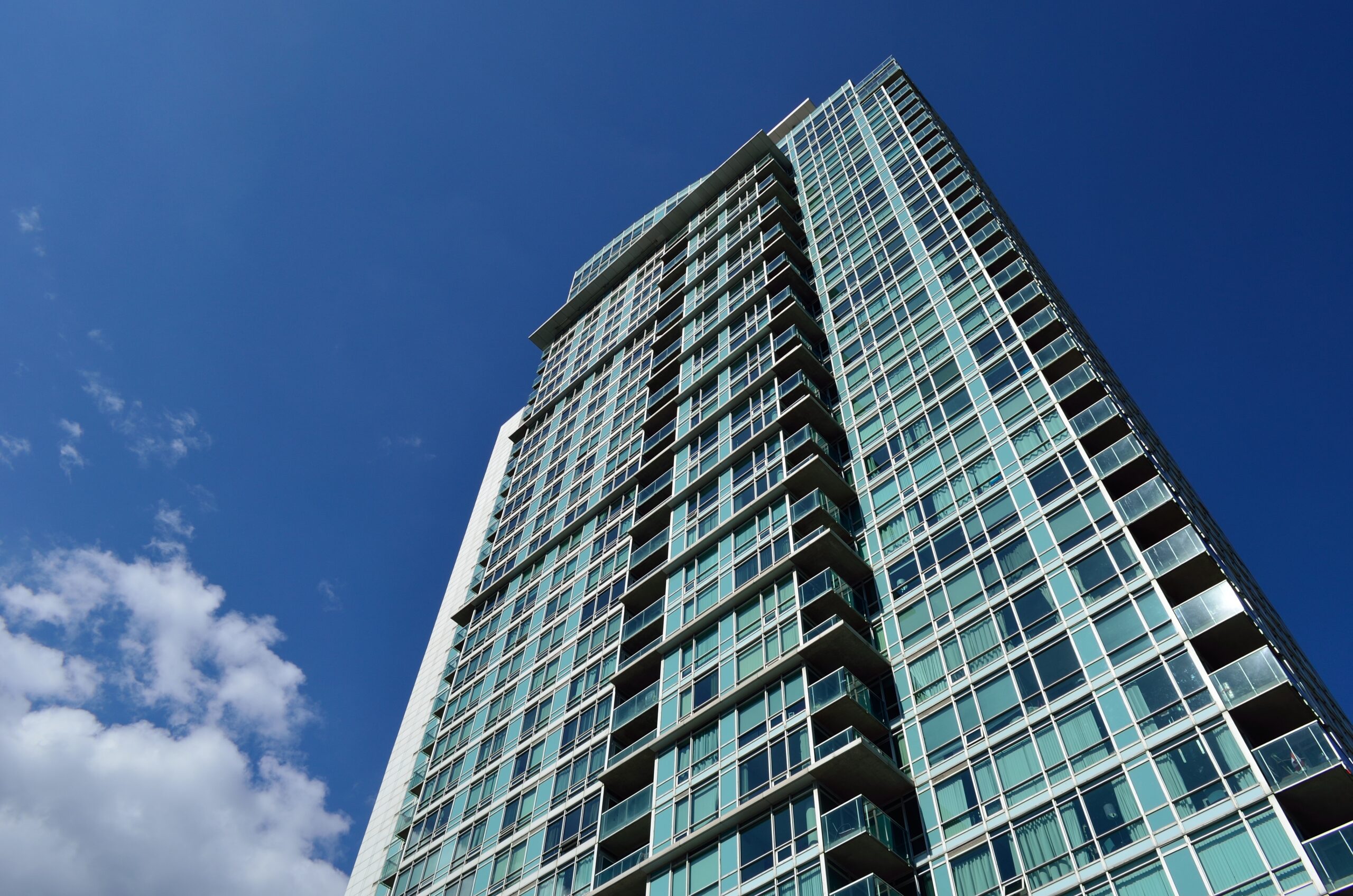
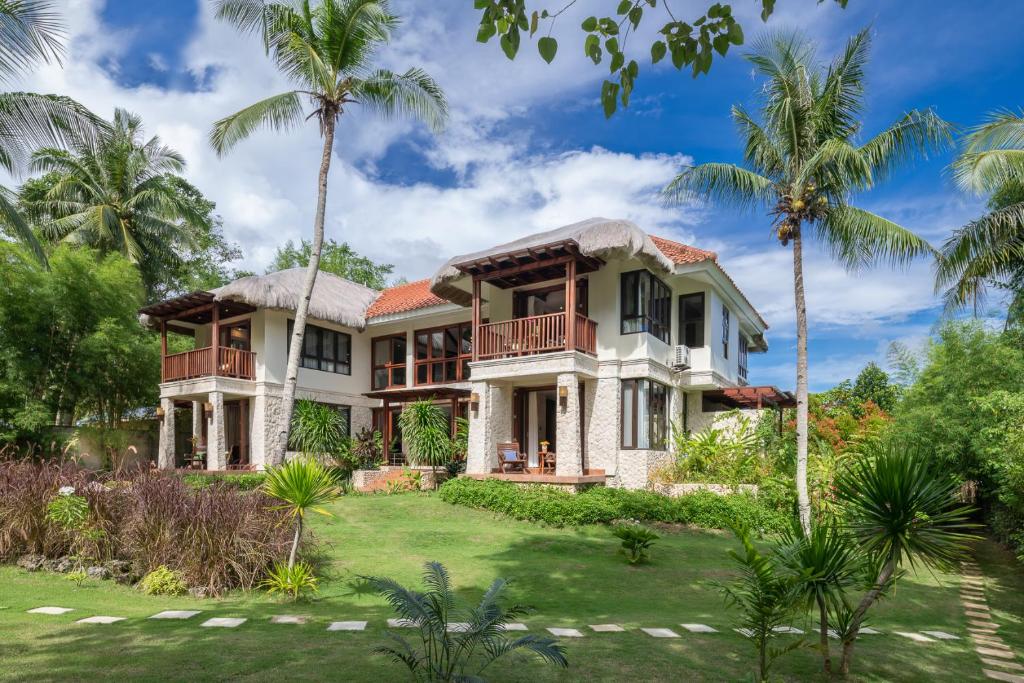
For one, foreigners can own property but they are not legally allowed to own land. So, they can own the structures or buildings on leased land, but not the land itself. However, different regulations and acts in place can aid in property acquisition. Many advise acting under the Investor’s Lease Act of the Philippines, which states that a non-citizen can hold long-term lease agreements with a Filipino for a period of up to 50 years. This agreement allows the possibility of a one-time renewal for a further 25 years. Interested investors should be aware that this provision is typically used for commercial or investment purposes rather than for personal residential use.
Some other ways you can own property in the Philippines:
- Purchasing through a corporation: if the company’s ownership is made up of at least 60% Filipino citizens, you can purchase property and land through it. This method comes with many financial and legal implications to consider.
- Philippine Condominium Act: as per the Philippine Condominium Act, foreigners can own condominium units, provided that their ownership does not exceed 40% of the total project.
Top Locations
Beyond relevant regulations and acts to be aware of, consider the type of home you want to purchase and where. Are you looking for an idyllic villa or a luxurious apartment building in a major financial district?
There are many cities to choose from, here are some of the most popular ones for real estate investment:
- Manila: welcome to the nation’s vibrant capital city! Living in Manila offers an exciting lifestyle in a prime metropolitan city. There are so many neighborhoods to choose from, each with their own distinct charm.
- Boracay: this gorgeous island has a great nightlife scene coupled with beautiful beaches. In Boracay, you can experience the best of both worlds! Here, you are spoiled for choice due to a large range of available property types, from luxury resorts to rustic beach homes.
- Cebu: the perfect blend of a coastal paradise with an urban cityscape. Cebu is renowned for its pristine coastline and unparalleled excitement.
- Palawan: a top spot for diving and oceanic exploration, this a premiere location for outdoor enthusiasts and those looking for a laidback lifestyle.
- Davao: this city is a breath of fresh air. Sitting near the Philippines’ highest peak, Mount Apo, this gorgeous and hospitable city is the place to be.
- Iloilo: a sprawling metropolis with endless intrigue and abundant cultural and historical significance. It is located in the Western Visayas region of the country and is the most populous city in said region.
When you are seeking to invest in real estate or acquire property, it is important to do your due diligence and thorough research. Reach out to one of our seasoned real estate professionals via email at contact@society-network.com for any and all inquiries.

